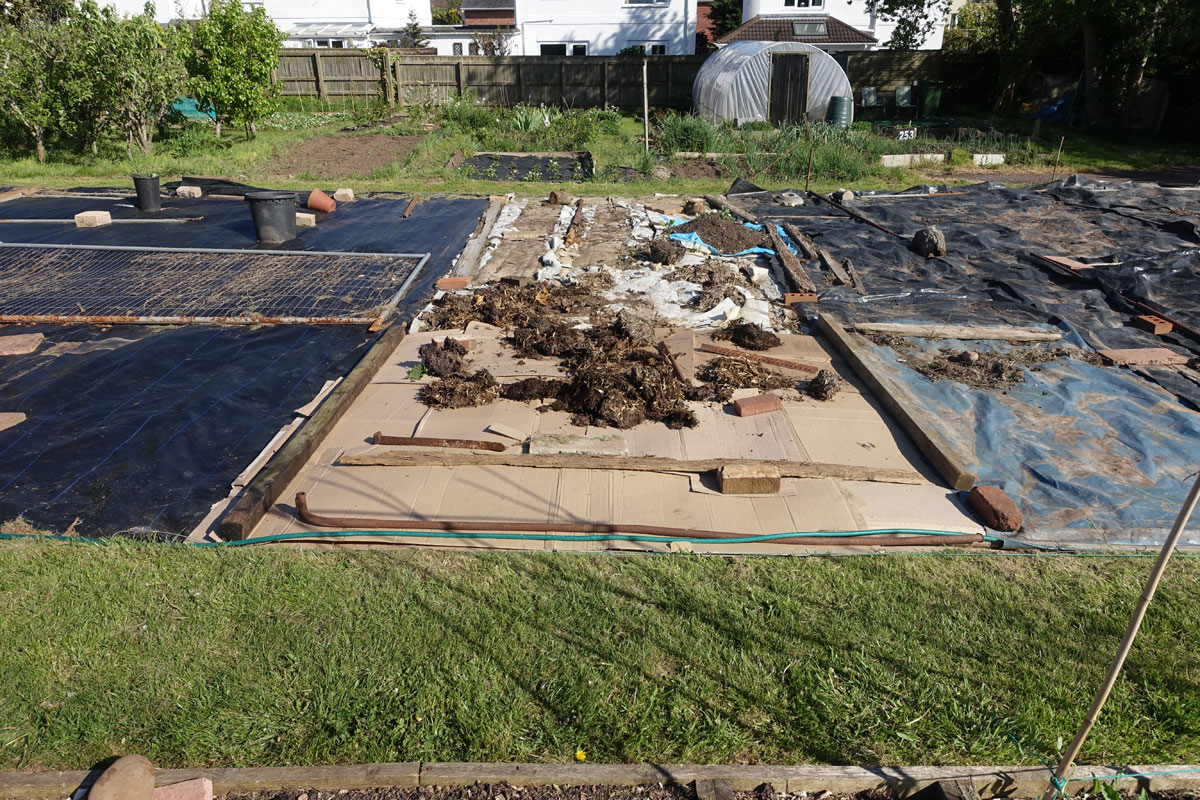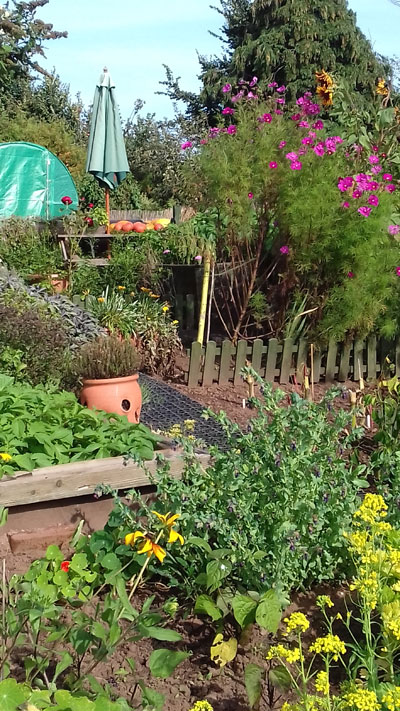I started work on a very weedy allotment (HL 251) in February. I have been experimenting with different methods of ridding an allotment of weeds without the use of chemical weedkillers, such as Roundup, and with minimum soil disturbance as I follow the no-dig method of Charles Dowding.
The first photo shows the state of the plot in January with lots of grass, annual and perennial weeds and, although not visible, bindweed below. In February the plot was covered with a variety of materials in an attempt to exclude light.
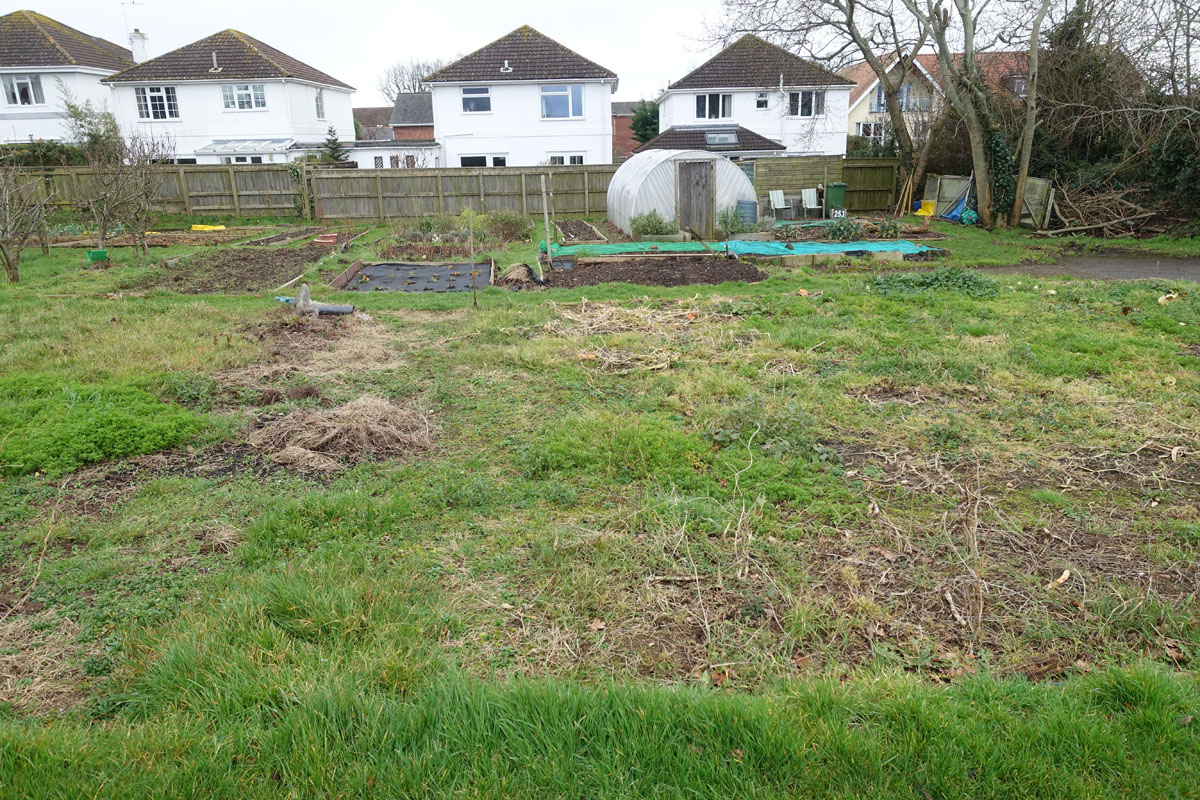
The second photo is from mid-May with the coverings stripped back from three 1.8m sections, plastic on the right, cardboard in the centre and weed fabric, as sold by the shop, on the left.
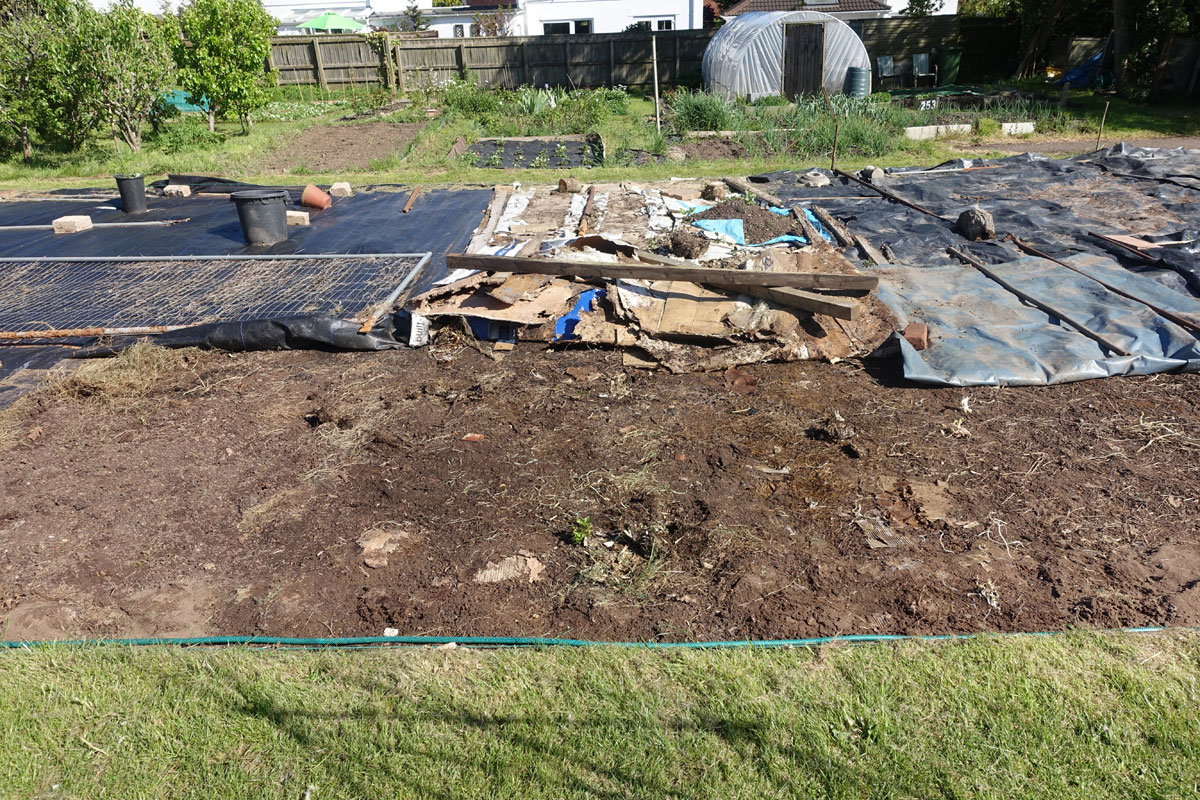
The overall impression is one of great success for all three methods. The next photo shows dandelion starved of light with no greenery visible.
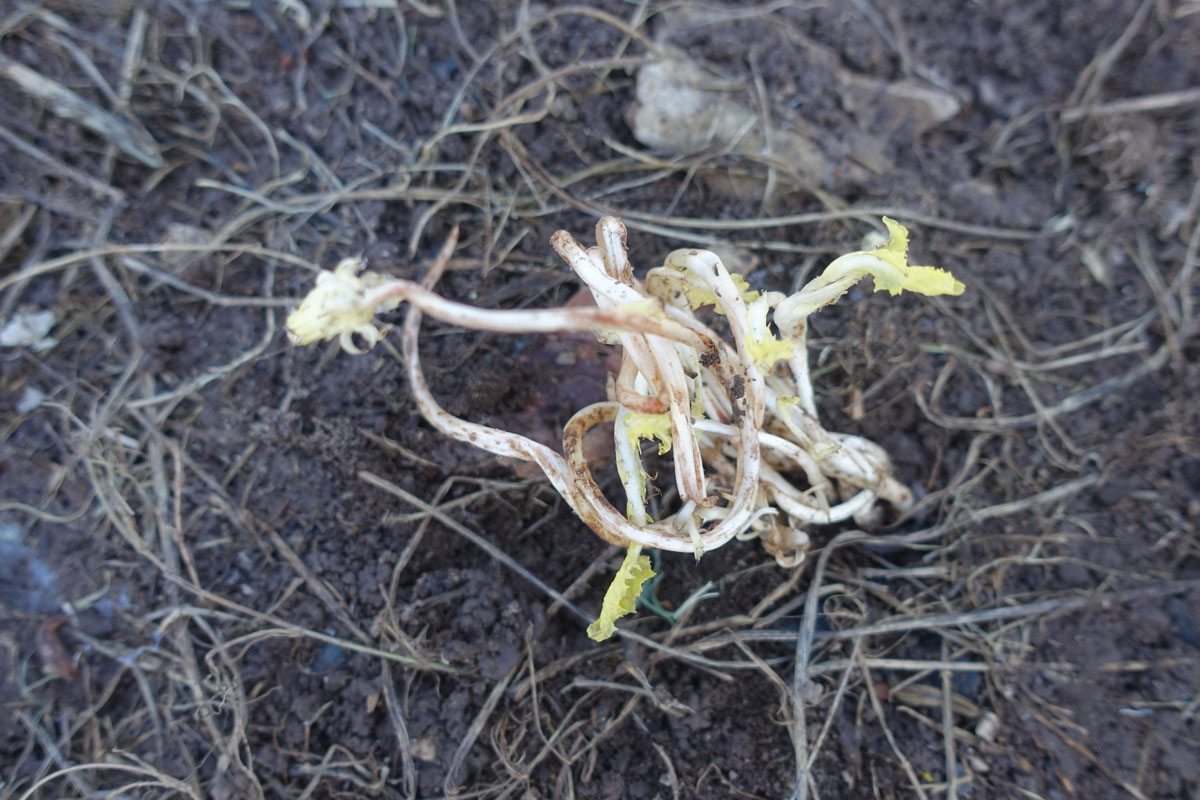
Photo 4 shows bindweed under the cardboard area with no green shoots or leaves.
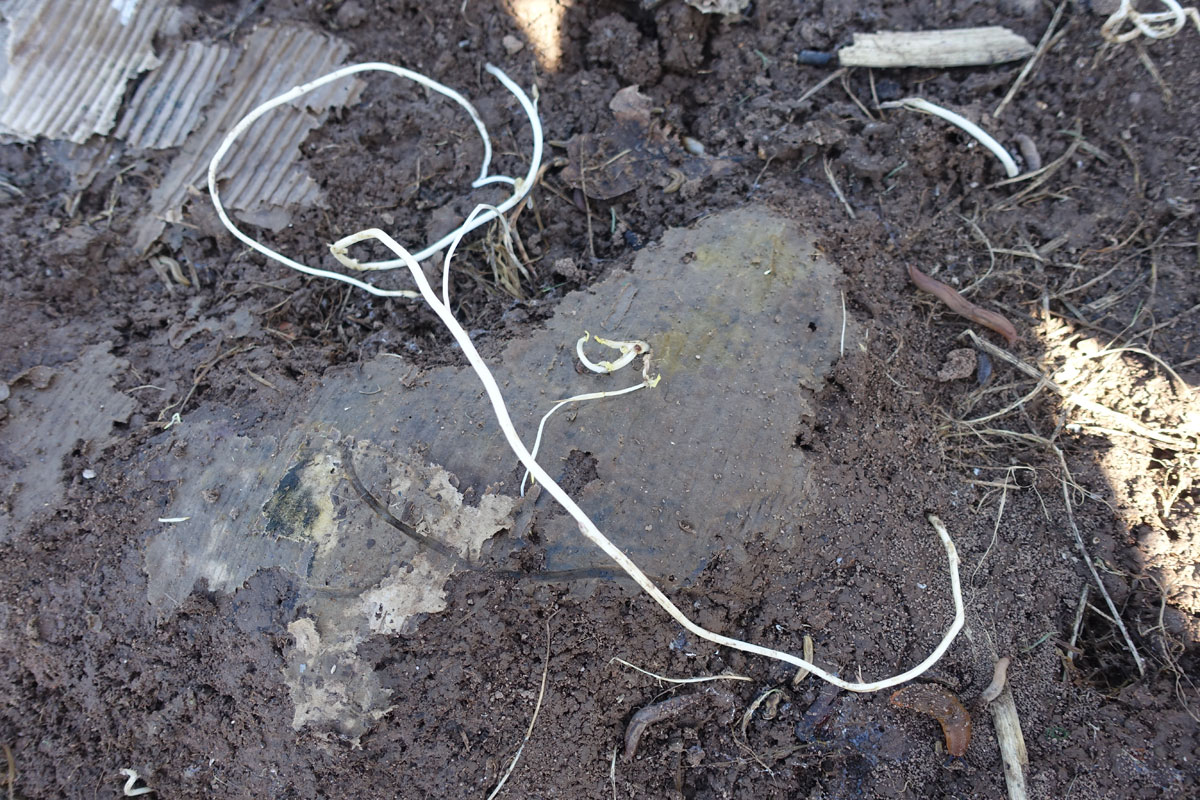
Photo 5 shows bindweed under the plastic with very weak growth but, next to it, a healthy stem where the bindweed was able to reach the light in a hole in the plastic.
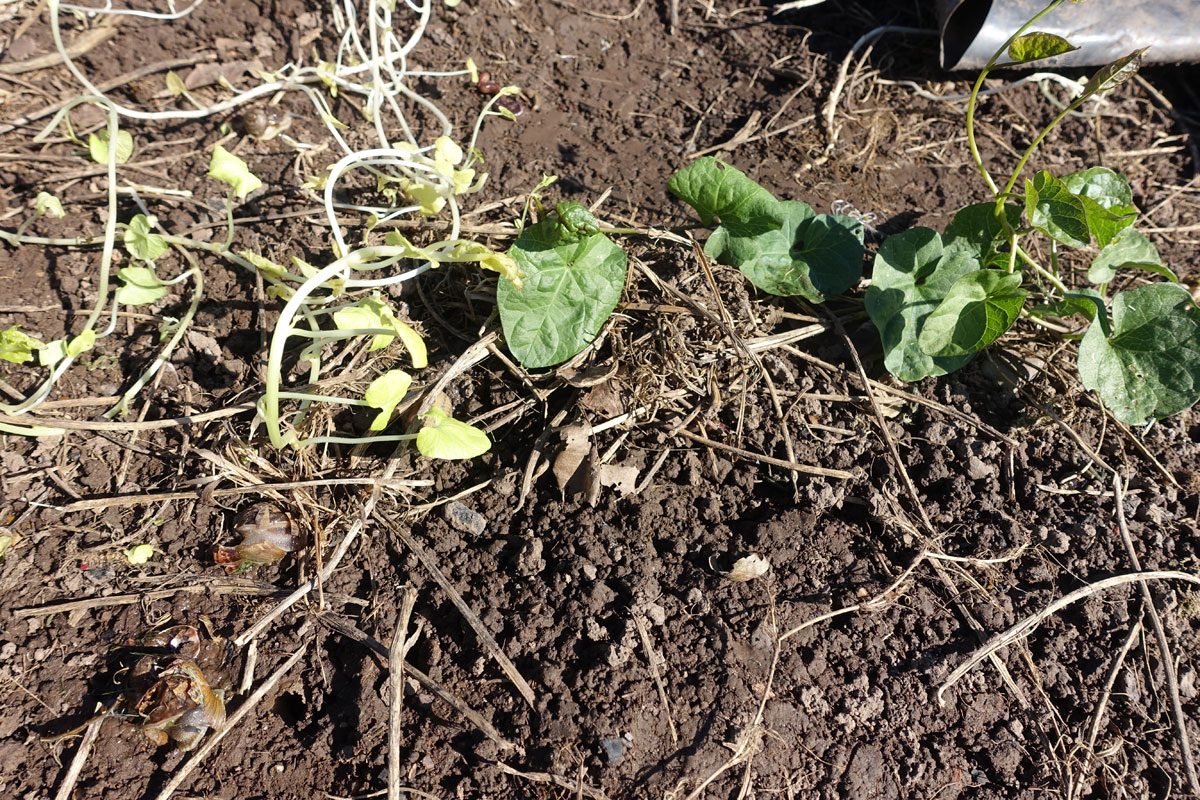
Photo 6 shows how only a small gap is needed for the bindweed to thrive.
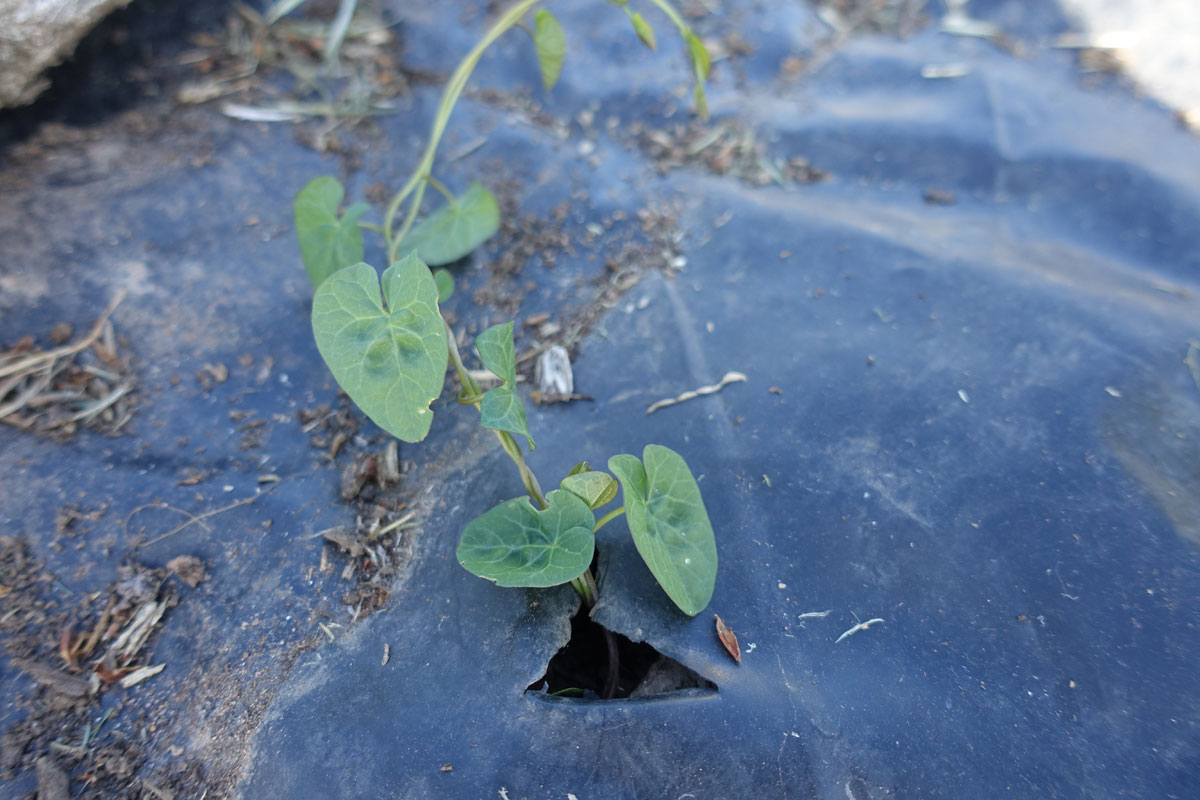
However another area of the plot, also covered in weed fabric, is shown in Photo 7 and it is clear that, although not thriving, the bindweed is still very active.
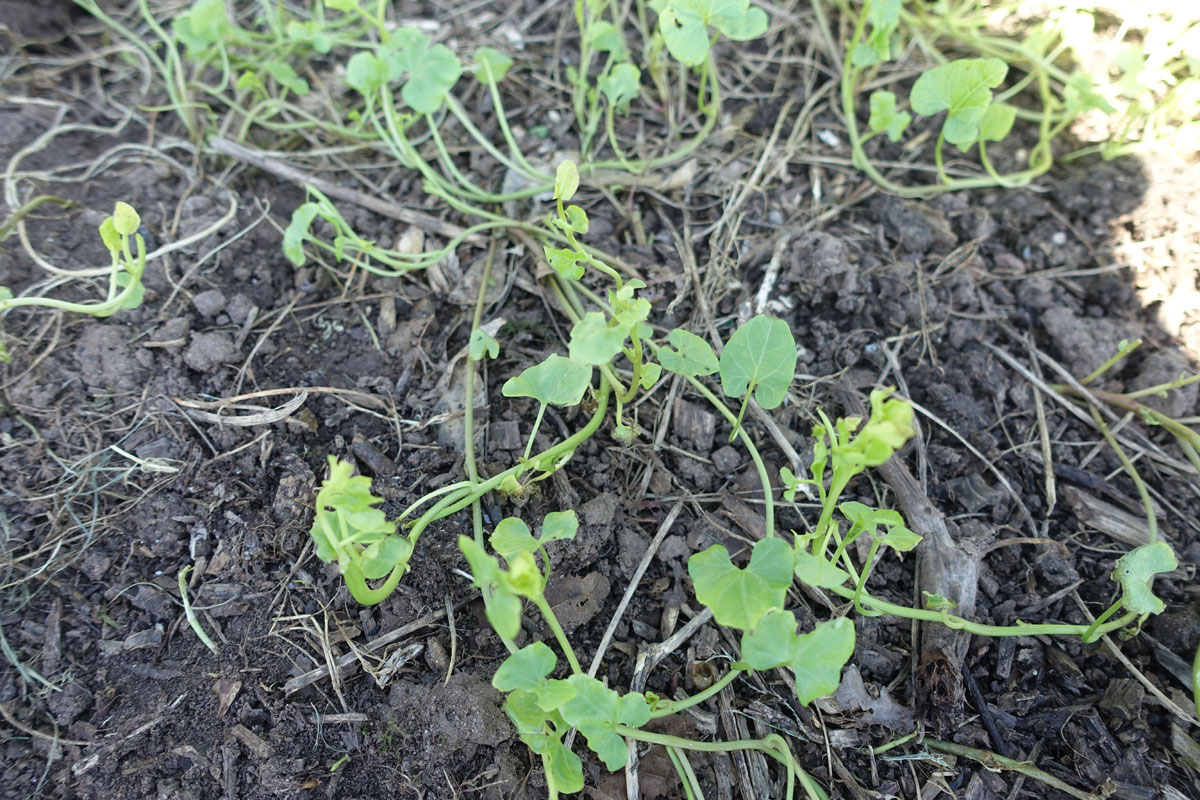
Conclusions
If light is fully excluded by either plastic or cardboard then most weeds will die off, including, eventually, bindweed. On another plot, I covered for a longer period, forked out the roots/shoots which were easily visible once the grasses and other weeds had died, and then went on a bindweed hunt every 10 days with a narrow trowel to get out as much root as possible; this older plot is now clear of bindweed. On this plot I am experimenting without any root removal to see if this is effective over a year or so.
The weed membrane is effective against most weeds, including grass, but lets in too much light to kill off the bindweed in a few months. Perhaps it's best to put plastic or cardboard under the fabric where there are areas of bindweed. I will also experiment with doubling up the membrane where there are dense areas of bindweed. The cost of the weed membrane from the shop is £6-£7 for a 2 metre strip across a standard allotment and it is relatively easy to keep in place. If 'cut' with a blow torch it does not fray and will last for many years.
Cardboard is the cheapest option and can be very effective but I found it difficult to source sufficient for a large area. It needs several overlapping layers and needs to be topped up when it rots down. It is not easy to keep in place, particularly when it dries; on the photos I used some muck to weigh it down. A thick layer of compost/FYM over cardboard is a method favoured by Charles Dowding.
Black plastic is very effective as long as there are no holes in it but all my bits have ripped over several years, hence bindweed shoots appearing. It is cheaper than weed membrane but I doubt that it has as long a life.
My favoured method now is weed membrane and then, if necessary, plastic or cardboard under the membrane if there are infestations of bindweed. I haven't found any need to strim the weeds before covering them and have successfully pushed down and covered very long grass; however Charles Dowding does recommend strimmimg before covering to provide a flatter surface.
2023 Update If you can reuse sheets of plastic or weed membrane that is a good starting point but to buy new is expensive (Shop price - £1.50 per metre run - 2m wide) so free cardboard is a best option and better for the environment. Holding the cardboard in place is not so difficult if a load of muck from Bruce is spread over the cardboard and this would feed the soil ready for next season.
One pernicious weed that did appear in the summer was oxalis and this needs careful weeding out and NOT put on the compost heap.
Once a plot is cleared by these methods it is very easy to keep weed-free by regular hoeing.
The final photo shows the covers reapplied with new cardboard over the original. I shall have another look in a couple of months.
